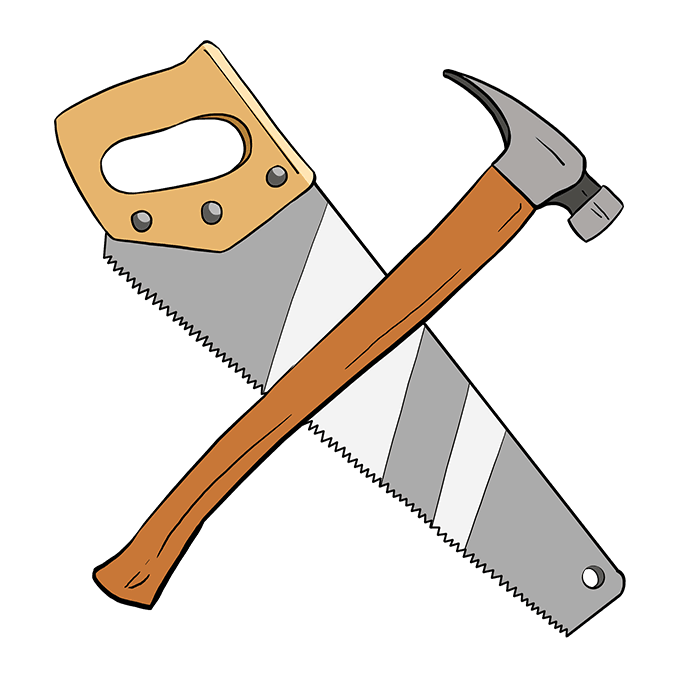Hi comrades! I'm back! Sorry for the delay! I've been keeping busy, with this project, with work, and with getting familiar with a new town. This update is fun because it's actually entirely devoid of electrical engineering nerd shit! Since last update, I've focused on two things - getting the framework of a website together, and actually getting usage hours on the device so I can know how it handles, what it's missing, what it does well, etc. I'll break this update into those two sections.
Device usage
I think I have about 5 hours in the device so far, with I'm guessing a couple thousand or so pulses. I've tested my face, eyebrows and beard, I've tested my hands, I've tested my arm, I've tested my leg, and I've tested my chest. The general routine is as follows:
- Get clean and get comfy.
- Get all the peripherals in order and get the board set down somewhere stable. For me, this is getting good direct bright lighting, getting the foot pedal in a good spot, getting a clean (or at least clean_ed_) probe in the probe holder, getting the return electrode connected [1], and for some work areas, particularly with vellus hairs, getting a magnifying headset on.
- Dial in estimated power levels. The thickest and darkest hairs I've tested on like about 2 mA at whatever voltage it takes to feel the burn, usually >= 10V, and pulsing for the whole 10 second duration. I've gotten facial hair kills at 1 mA/6 V/6 seconds, and vellus hairs on my hands can typically take 0.5 mA/6 V/5 seconds. These are determined by trial and error and I almost always fiddle with them multiple times in the middle of a session; there's no rigorously defined science besides the Units of Lye calculations, which are very loose. More current leads to faster kills but it hurts more and it's easier to accidentally overdose and get a hyperpigmentation scar. I've never managed to do this accidentally, only on purpose, see below.
- Put in the probe and hit the pedal. Wait out the indicator light [2], feel for the burn, and at the end of the pulse, pull out the hair.
- Repeat!
Some areas are clearly not regrowing, others, it's too early to make a call, but I'm pretty confident that it'll be minimal, possibly even better than salon electrolysis, due to a number of advantages to self-work that I'm finding that I'd love to detail here. There are some cons too.
- pro: you can feel the power. You very quickly get a feel for what a good follicle kill feels like. A well killed hair will cause a burning sensation strong enough that it lasts for a few seconds after you stop applying current. You can also feel overkill - I did this a couple dozen times to experiment, the follicle isn't any deader than any of its neighbors, but one or two of the deliberate overkills has what appears to be a hyperpigmentation scar that looks like a freckle. They're already fading, but they might be permanent and might not. I have never accidentally overkilled but it's definitely possible to do so, especially if you have a healthy appetite for pain and/or are working impatiently. An overkill probably takes at least 3 times the current*time that the minimum safe kill does, so it's not super close.
- pro: you can feel the pluck from both sides. I do have minimal testing on another person and feeling the hair pull on one side is helpful (a dead hair slides out with a pretty constant slide, a live hair tends to hold on and hold and hold and then break loose all at once). However, when you're both feeling and plucking, you can feel for the signs of a killed hair more effectively - killed hairs tend not to hurt on the way out and you can give them a light test tug and not feel it. A hair that hasn't been killed will hold on and cause a little bit of pain with a test tug, allowing one further way to check your kills. I strongly recommend both parties having experience (just a couple hairs) on both sides when doing co-work to foster this kind of mutual understanding that allows for better communication.
- con: obviously you're not getting a lot of your body. You need a friend to get everywhere, particularly a lot of the spots that are really important. My biggest issue has been trying to self-work my neck. It just doesn't wanna go, the angles do not hit. I believe it's an area that will be possible with more practice and dexterity, plus a smarter setup - I'm going to try a mirror setup to see while lying on my back, but it's frustrating. :angery:
- con: fatigue. When you're working on someone else, you can get comfortable. When you're working on yourself, you're very often uncomfortably contorted. This poor ergonomics greatly shortens session time and poses an issue for our comrades with disabilities. My DIY sessions usually last an hour tops; I have some pain issues in certain positions and this does NOT help.
I also have some notes on equipment:
- [1] - I had a good idea that I'm a thousand percent recommending for self work. Salons typically use a holdable piece of metal for the return electrode. I am using an ECG electrode. For partnered work, this is nice because it allows your recipient to get more comfy and do things with both hands, but for self work, this is almost indispensible - it lets you keep both your hands free. I'll put instructions for making and working with both on the website.
- [2] - Visual cues suck. You do not take your eyes off of the hair for the whole cycle. I initially had the lights hard-wired and the buzzer switched - the lights absolutely should be switched, they're not useful most of the time. I'm working without a buzzer due to the soldering mishaps in the previous post and it sucks, the beep cue is almost certainly a thousand times more useful.
- Pedals are great for a salon-like context of a laying recipient, a seated operator, and personal space. For every other configuration - standing in front of a mirror, laying on the couch next to your bestie, etc., you probably don't want a pedal as much as you want a hand switch or a bite switch.
This isn't all inclusive, but I'm definitely happy to get thoughts down prior to starting work on the manual! which leads us to...
The Website
It's on jekyll now! We're finally ready to start hosting actual, real content there! So, so many thanks to @Edie@hexbear.net , who actually single-handedly ported the old single page splash screen to Jekyll and on top of that pushed out a bunch of fixes for my sloppy half-assed jekyll code. I really, really appreciate you, you're genuinely helping both to motivate me by both making indispensable contributions, and also just by being a person out there in the world doing this with me. ![]()
The appearance and organization are both super preliminary, and there's not any actual content, and the design is also very much a prototype. The important thing is that now I (or anyone else!) can just write markdown and have it reflected online in an easily readable and shareable format. Email patches are a great way to get both code and content on the page, I try to review them at least twice a week or so. Now that things are set up, it's extremely convenient to put content up. I think to pilot the website, I'm going to make a more formal tutorial for the pencil based probe to start. The one I made per @YearOfTheCommieDesktop@hexbear.net's instructions is still doing phenomenally, thank you for your research and development. Similar thanks for being a part of the project in a meaningful way and making this a team effort. ![]()
Come take a look! https://sphynx.diy
What's Next
So the project is hitting a bit of a fork, where we finally have multiple parallel work streams at a time - the online manual needs to be designed/written, and the RC2 version of the PCB needs to be designed and ordered. I have a list of changes from working with the RC1 that I'll be rolling in, that'll be the next post. I'm also going to start using https://todo.sr.ht to track issues, both to keep myself organized and to publicly advertise what we need to get done in a neat encapsulated way. I'll have details for that up on an #8.5 post in a couple days. For now, honestly I feel bad for drastically overrunning my two week timeline and leaving y'all in the dark for so long, so this post is going up ASAP. I've been busier than usual and probably busier than I plan to be in the future, so I'm more optimistic for a timely #9 post, although that may be in three weeks and not two due to some plans of mine.
I love y'all. RC2 might be the release. We're just weeks away from other people benefiting from this project materially, it's just refinements from here. Thanks for the support, and you know the drill, stop by, say hi, ask questions if you want to understand things better, make suggestions, all of it. See ya next time. ![]()


Do you think a borescope camera might work? The ones on Amazon don't look too expensive and plug right into a phone, looks like. Also seems like you might be able to design a 3D printed probe holder that incorporates this or just tape it to whatever you're using already. Something like this: https://www.amazon.com/Endoscope-Borescope-Inspection-Flexible-Waterproof/dp/B0C9L75QQ9/
oh shit, i do have one of these laying around... it seems like it would be a lot worse than being able to see with the naked eye or like a concave mirror, but who knows, it might be usable